Chapter 3: Drop impact on viscous liquid films
When a liquid drop falls on a solid substrate, an air layer is trapped between them, delaying the occurrence of liquid-solid contact. For impacts on smooth substrates, such an air film can prevent wetting, allowing the drop to bounce off with dynamics identical to that observed for impacts on superamphiphobic materials. In this chapter, we investigate similar bouncing phenomena, occurring on viscous liquid films, that mimic atomically smooth substrates, with the goal to probe their repellent properties. In the case of highly viscous or very thin films, the impact dynamics are not affected by the presence of the viscous film. Within this substrate--independent limit, repellency is suppressed once the drop viscosity exceeds a critical value as on superamphiphobic substrates. For thicker or less viscous films, both the drop and film properties influence the rebound dynamics and conspire to inhibit bouncing above a critical film thickness. This substrate-dependent regime also admits a limit, for low viscosity drops, in which the film properties alone determine the limits of repellency. We elucidate the mechanisms associated with the bouncing to floating transition using experiments, simulations, and a minimal model that predicts the main characteristics of drop impact, the contact time, and the coefficient of restitution.


